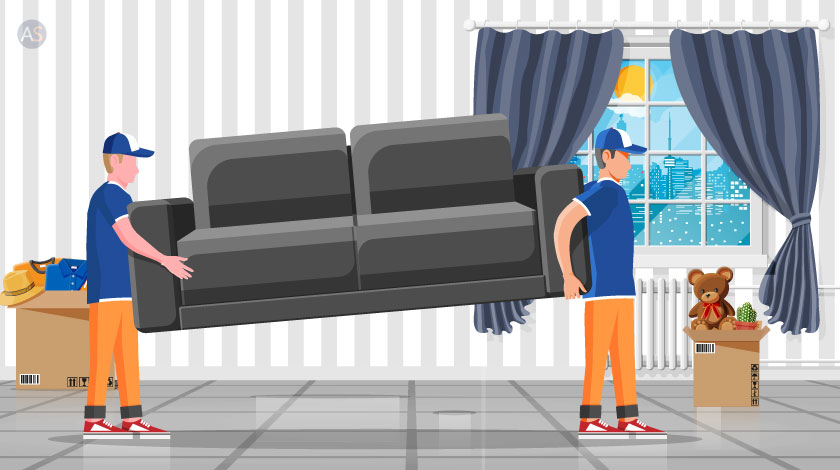
DIY Roof Leak Repair: Inspect and Fix with Confidence
Roof leaks can be a homeowner’s nightmare, but addressing them promptly is crucial to prevent further damage. Learning how to inspect and repair roof leaks on your own can save you money and ensure the integrity of your home. In this comprehensive guide, we’ll take you through the step-by-step process of identifying and fixing roof leaks as a DIY project.
Understanding the Signs of a Roof Leak
Before you can address a roof leak, it’s essential to recognize the signs. Look for water stains on your ceiling, peeling paint, or sagging drywall. In the attic, check for damp or discolored insulation, as well as mold or mildew growth. Outside, inspect your roof for missing shingles, damaged flashing, or debris that could contribute to leaks.
Safety First: Taking Precautions Before Inspection
Safety is a top priority when dealing with roof repairs. Before climbing onto your roof, ensure you have the right safety equipment, including a sturdy ladder and harness. Choose a sunny day with dry conditions to reduce the risk of slipping. If you’re uncomfortable with heights or unsure about the process, consider consulting a professional.
Inspecting the Roof Surface
Begin the inspection by examining the roof surface for visible issues. Look for missing or damaged shingles, cracked tiles, or areas with moss or algae growth. Pay close attention to the flashing around chimneys, vents, and skylights, as these areas are common culprits for leaks. Use binoculars if needed to inspect the roof from the ground.
Checking Flashing and Sealant
Flashing and sealant play a crucial role in preventing leaks around roof penetrations. Inspect the flashing around chimneys, vent pipes, and skylights for signs of damage or deterioration. Check for dried or cracked sealant and reapply as necessary. Properly sealed flashing ensures a watertight barrier against the elements.
Examining Roof Valleys and Gutters
Roof valleys and gutters are key areas where water can accumulate and lead to leaks. Inspect these areas for debris, leaves, or granules from shingles. Clean out gutters regularly to ensure proper water drainage. If you notice any sagging or damage in roof valleys, address it promptly to prevent water from infiltrating your home.
Identifying and Patching Small Leaks
Small leaks can often be identified by sunlight streaming through the attic. Once you’ve identified the location, mark it for repair. Patch small holes or cracks using roofing cement or an appropriate patching material. Ensure that the patched area is smooth and watertight. This step is crucial for preventing further water intrusion.
Replacing Damaged Shingles or Tiles
If your inspection reveals damaged shingles or tiles, replacement is necessary. Carefully remove the damaged material and install a new shingle or tile in its place. Ensure proper alignment and secure it according to your roof’s design. If you’re dealing with a larger area of damage, it’s advisable to consult a professional roofer for expert assistance.
Addressing Leaks Around Roof Penetrations
Roof penetrations, such as vents and chimneys, are vulnerable points for leaks. Check for cracked or damaged flashing and reseal as needed. If you have a chimney, inspect the mortar and replace any deteriorating sections. Ensure that all penetrations are properly sealed to prevent water from seeping into your home.
Evaluating Attic Ventilation
Proper attic ventilation is crucial for preventing moisture buildup that can lead to leaks. Check your attic vents for blockages and ensure they allow for adequate airflow. Consider adding additional vents or a ventilation system if needed. Maintaining proper ventilation helps regulate temperature and reduces the risk of mold and mildew.
Regular Maintenance for Prevention
Once you’ve addressed existing leaks, regular maintenance is key to preventing future issues. Schedule routine inspections, especially after severe weather events, to catch potential problems early. Keep your roof free of debris, trim overhanging branches, and address any minor issues promptly to avoid larger and costlier repairs.
Explore More DIY Home Repair Tips
For additional insights into inspecting and repairing roof leaks on your own, visit Inspect and Repair Roof Leaks on Your Own. This resource provides detailed guidance, safety tips, and additional information to empower you in effectively maintaining your roof. By incorporating these DIY practices, you can safeguard your home from water damage and ensure the longevity of your roofing system.










